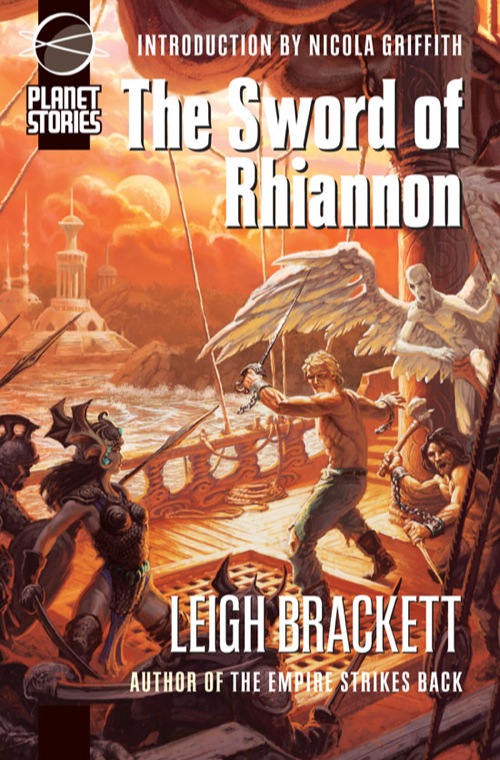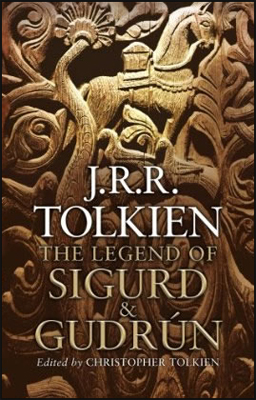
Every few months I announce with trumpet blasts that I’m going to be getting rid of all my old REHupa mailings, putting them up on eBay at the rate of one per day. Each time this happens, I last but a few days before Real Life drags me off to other things. A few months later, the cycle repeats.
Well, it’s almost November 2007, time to give it the ol’ college try once more. REHupa #132 has been posted at eBay. It’s a fine example of a.p.a. material — here’s my description from the auction entry:
REHupa #132 clocked in at 195 pages, and included many items of interest. This was Morgan Holmes’ first mailing as Official Editor, a reign that would become noted for its kept-the-trains-running professionalism and for several unfortunate battles within the a.p.a., leading to the very first (and to date only) expulsions in the a.p.a.’s history. Morgan lays down the law in his Editorial: “If a member persists in making his ‘zine reading like it belongs in the basket weaving a.p.a….I will kidnap the offender, put him in a bare room, force him to read Lin Carter paperbacks and pump Ace of Base music constantly into the room. I mean business.” A new sheriff had just entered town.
Sword-and-Sorcery author David C. Smith (Oron, et al.) joined the a.p.a. with this mailing. At the time, Novalyne Price Ellis, L. Sprague de Camp, Glenn Lord, and Roy Thomas were Honorary Members, and this issue has a nice letter from Sprague in which he admits that “My biggest mistake in reviving Conan was taking on Carter as a collaborator without first trying to lure Leigh Brackett into the job.” But then he goes on to suggest: “My second biggest, I think, was in not taking a stronger line against the waist-length hair attributed by Frazetta to Conan in his cover painting for Conan the Adventurer.” Typical de Camp, getting so close to the real problem (bad pastiche) and then losing his way in criticism of the classic rendition of the Cimmerian, which most fans rightly see as perfection.
This mailing of REHupa is also notable for the announcement made by screenwriter Michael Scott Myers that The Whole Wide World had been greenlighted by Hollywood, complete with newspaper announcements. Other highlights of the Mailing include a reprint of Karl Edward Wagner’s essays “Celluloid S&S: Boon or Menace?” and “Hold the Bologna On Mine,” Steve Trout’s “final notes” on the editorial alterations in the Donald Grant Solomon Kane volumes (a revelation which has since become legendary in the field), Part III of Richard Toogood’s “Solomon Kane Chronology,” a review from the always interesting Rick McCollum titled “Baen’s Cormac Mac Art in Review,” Scott Sheaffer’s latest response to Richard Toogood in an a.p.a. shaking fight that along with one other would eventually get Sheaffer expelled from REHupa, and much else. At almost 200 pages of Howardian writ, it’s a good Mailing.
Let’s see if I can’t get a streak going with these things, and finally get them out of my archives and into the hands of fans who will give them a much better home.





 We live in halcyon days, my friends. Sure, there’s a global “economic downturn” grinding all and sundry ‘neath its leaden wheels and there is a possible influenza pandemic looming (or “lowering,” as REH might say), but we aficionados of the works of Robert E. Howard and John Ronald Reuel Tolkien have much to celebrate in the many coming months, gloom n’ doom notwithstanding.
We live in halcyon days, my friends. Sure, there’s a global “economic downturn” grinding all and sundry ‘neath its leaden wheels and there is a possible influenza pandemic looming (or “lowering,” as REH might say), but we aficionados of the works of Robert E. Howard and John Ronald Reuel Tolkien have much to celebrate in the many coming months, gloom n’ doom notwithstanding.



